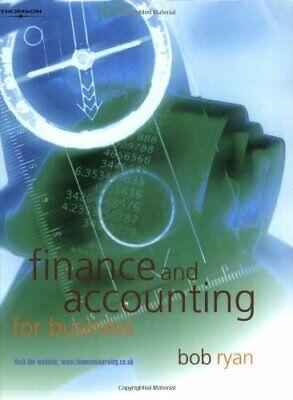Question
The following data relate to the direct materials cost for the production of 2,500 automobile tires: Actual: 56,100 lbs. at $1.75 per lb. Standard: 54,400
The following data relate to the direct materials cost for the production of 2,500 automobile tires:
| Actual: | 56,100 lbs. at $1.75 per lb. | |
| Standard: | 54,400 lbs. at $1.7 per lb. |
a. Determine the direct materials price variance, direct materials quantity variance, and total direct materials cost variance. Enter a favorable variance as a negative number using a minus sign and an unfavorable variance as a positive number.
| Direct Materials Price Variance | $ | |
| Direct Materials Quantity Variance | $ | |
| Total Direct Materials Cost Variance | $ |
b. The direct materials price variance should normally be reported to the . If lower amounts of direct materials had been used because of production efficiencies, the variance would be reported to the . If the favorable use of raw materials had been caused by the purchase of higher-quality raw materials, the variance should be reported to the .
Condiments Company uses standards to control its materials costs. Assume that a batch of ketchup (1,000 pounds) has the following standards:
| Standard Quantity | Standard Price | |||
| Whole tomatoes | 1,700 | lbs. | $ 0.46 | per lb. |
| Vinegar | 90 | gal. | $ 2.80 | per gal. |
| Corn syrup | 8 | gal. | $ 10.20 | per gal. |
| Salt | 36 | lbs. | $ 2.60 | per lb. |
The actual materials in a batch may vary from the standard due to tomato characteristics. Assume that the actual quantities of materials for batch K-111 were as follows:
| 1,800 lbs. of tomatoes |
| 86 gal. of vinegar |
| 9 gal. of corn syrup |
| 35 lbs. of salt |
a. Determine the standard unit materials cost per pound for a standard batch. If required, round amounts to the nearest cent.
| Ingredient | Standard Cost per Batch |
| Whole tomatoes | $ |
| Vinegar | $ |
| Corn syrup | $ |
| Salt | $ |
| Total | $ |
| Standard unit materials cost per pound | $ |
b. Determine the direct materials quantity variance for batch K-111. If required, round amounts to the nearest cent. Enter a favorable variance as a negative number using a minus sign and an unfavorable variance as a positive number.
| Ingredient | Materials Quantity Variance | Favorable/Unfavorable |
| Whole tomatoes | $ | |
| Vinegar | $ | |
| Corn syrup | $ | |
| Salt | $ | |
| Total direct materials quantity variance | $ |
|
Step by Step Solution
There are 3 Steps involved in it
Step: 1

Get Instant Access to Expert-Tailored Solutions
See step-by-step solutions with expert insights and AI powered tools for academic success
Step: 2

Step: 3

Ace Your Homework with AI
Get the answers you need in no time with our AI-driven, step-by-step assistance
Get Started


